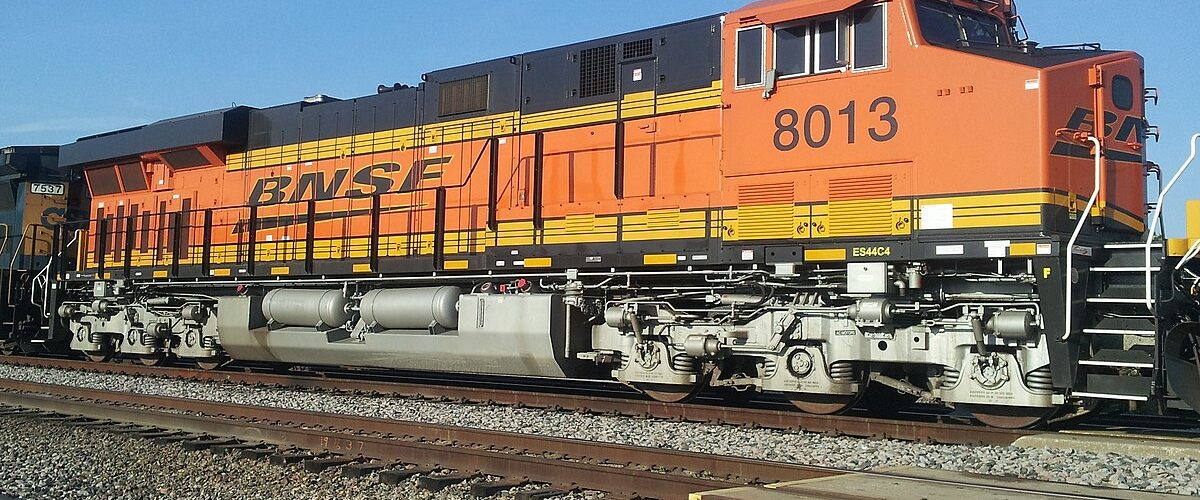A new logistics park planned for northwest Maricopa County is anticipated to create a multi-billion-dollar positive economic impact for the region once it’s approved by the Maricopa County Board of Supervisors.
Valued at $3.2 billion, the LPP project is expected to generate more than $3.9 billion in economic output during construction, creating more than 26,400 jobs and adding approximately $1.4 billion in labor income. State and local tax revenues from the construction phase alone are estimated to top $189.5 million, funding public services, infrastructure improvements, and community development.
Once operational, the logistics hub will continue to drive growth, supporting over 50,000 jobs annually and producing $2.5 billion in labor income each year. The long-term outlook includes $245.6 million in yearly state and local tax revenues, providing substantial fiscal support to Maricopa County, local municipalities, school districts, colleges, fire and medical services, and more.
“New jobs, new tax revenues for essential services, and a stronger regional economy. This is the type of project that states around the country fight for,” Arizona Chamber of Commerce & Industry President and CEO Danny Seiden said. “A logistics hub of this scale not only is an impressive contributor to Maricopa County and the Northwest Valley’s economic assets, but it’s a tremendous job creator. We’d encourage supervisors to approve the project as soon as possible.”
What Is the Logistics Park Phoenix?
The LPP is a master-planned, 4,320-acre freight facility that will integrate three major components:
- Intermodal Facility (IMF) – 1,770 acres for domestic intermodal container movement
- Logistics Center – 1,131 acres of rail-served customer facilities
- Logistics Park – 1,420 acres of adjacent warehousing and distribution space
These interconnected elements will allow businesses to efficiently process, transfer, store, and distribute goods throughout the Phoenix metro area and across the broader Southwest. The LPP will be located along existing BNSF railroad tracks near US-60 and will tie into the railway’s 32,500-mile national freight rail network, which advocates say will link Arizona to the global marketplace.
The location
The LPP will be situated just northwest of Phoenix, bounded by 211th Avenue, State Route 74, 235th Avenue, and US-60/Grand Avenue. The company chose the site to serve the industrial and commercial needs of the Phoenix area and to ease pressure on existing transportation infrastructure.
The facility will feature internal roadways that will allow goods to be transported between the intermodal terminal, warehouses, and logistics facilities without needing to hit public roads.
The timeline and process
Construction is slated to begin in late 2025 or early 2026, with the first phase of operations opening in 2028. That initial phase will include:
- 1 million square feet of warehousing
- 223,000 annual container lifts at the intermodal facility
- 2,400-square-foot truck terminal
- 25,000-square-foot general office space
By 2033, the project will ramp up to 11.5 million square feet of warehousing and 330,900 annual lifts. Full buildout by 2050 will feature:
- 18 million square feet of warehouse space
- 539,800 container lifts per year
- 20,000-square-foot truck terminal
Arizona Manufacturers Council Executive Director Grace Appelbe says Logistics Park Phoenix is good news for area manufacturers.
“Our area’s manufacturing sector is growing so fast that we need to enhance our logistics infrastructure and freight mobility to maintain our momentum,” she said. “The LPP ensures we’ll have the means to get inputs into our market and finished products on their way to customers with fewer costly delays. It’s a modern logistics hub for today’s advanced supply chain.”
Environmental benefits
The facility will be serviced by BNSF’s newer, cleaner-burning locomotive fleet, which Appelbe said her members support.
“We all know that economic development in Maricopa County is occurring against a backdrop of concerns over environmental regulations that could severely crimp our ability to attract jobs,” she said. “We’re making excellent progress with the EPA to recognize that some emissions are beyond our control, but we should still demonstrate that manufacturers and job creators will continue to look for opportunities to reduce emissions where possible.”
Photo courtesy Creative Commons CC0 1.0 Universal Public Domain Dedication
















Add comment